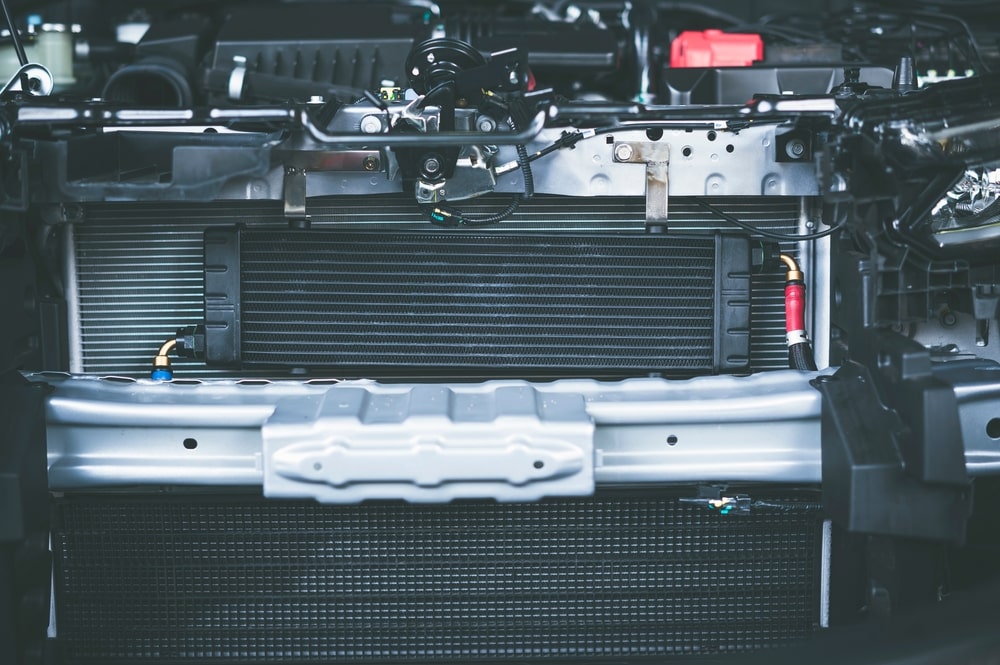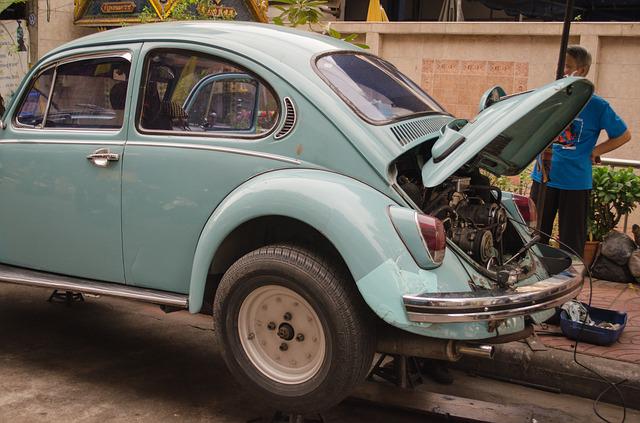Keeping Your Transmission Cool: A Guide to Transmission Cooler Maintenance
Find Used Engines and Transmissions for a Great Price! Live Assistant For Used Engines Call 1800-518-9776

Just as you need a refreshing drink on a hot day, your transmission needs its cooling mechanisms to prevent overheating. In this comprehensive guide, we'll delve into the world of transmission coolers – essential components that regulate fluid temperature – and provide you with a step-by-step breakdown of effective transmission cooler maintenance.
What are transmission coolers?
Transmission coolers are essential components that regulate the temperature of transmission fluid in vehicles. They prevent overheating by dissipating excess heat generated during transmission operation. Simply put, transmission coolers keep your transmission fluid cool and prevent your transmission from overheating. These coolers are vital for heavy-duty tasks like towing and hauling. By maintaining proper fluid temperatures, transmission coolers enhance lubrication, prevent fluid breakdown, and extend the transmission's lifespan. They are especially crucial in maintaining transmission health during demanding conditions, ensuring optimal performance, and reducing the risk of costly repairs.
There are essentially two types of transmission coolers:
-
Air-Cooled Transmission Coolers: Air-cooled transmission coolers are add-on devices that use airflow to dissipate excess heat from the transmission fluid. Installed in front of a vehicle's radiator, they consist of fins and tubes that cool the fluid as air passes through. They're effective for moderate heat loads, commonly used in towing or heavy-duty driving conditions.
-
Liquid-Cooled Transmission Coolers: Liquid-cooled transmission coolers integrate with a vehicle's cooling system, using a heat exchanger to transfer heat from transmission fluid to engine coolant. This precise temperature control is effective for heavy-duty tasks, safeguarding against overheating and promoting transmission longevity and performance.
Follow These 7 Steps To Perform Effective Transmission Cooler Maintenance:
-
Inspect Regularly: Periodically check for any visible damage, leaks, or corrosion on the transmission cooler, lines, and connections. Address any issues promptly.
-
Clean the Cooler: Use compressed air or a soft brush to remove dirt, debris, and bugs from the cooler's fins. This helps maintain proper airflow and heat dissipation.
-
Flush the Lines: Flushing the cooler lines with a suitable cleaning solution can help remove accumulated contaminants and debris. Ensure you follow manufacturer recommendations for cleaning solutions.
-
Check Fluid Levels: Transmission fluid is crucial for efficient cooling. Regularly check the fluid levels and top up if necessary, using the appropriate transmission fluid.
-
Inspect Connections: Ensure that the cooler lines and fittings are securely connected to prevent leaks. Tighten any loose connections as needed.
-
Consider a Cooler Upgrade: Depending on your vehicle's usage and conditions, you might consider upgrading to a larger or more efficient transmission cooler for enhanced cooling performance.
-
Professional Servicing: For a comprehensive check and maintenance, consider having your transmission cooler professionally serviced by a qualified mechanic.
Conclusion
Transmission cooler maintenance is an integral part of ensuring the longevity and performance of your vehicle's transmission system. By keeping your transmission cooler clean, efficient, and in optimal condition, you're not only preventing overheating but also contributing to the overall health of your vehicle. Regular inspections, cleaning, and proactive care will go a long way in keeping your transmission cool and your vehicle running smoothly for miles to come.
Used Engines Inc. offers a wide range of meticulously inspected and tested transmissions that deliver performance and reliability. Our expert team is dedicated to helping you find the perfect match for your vehicle's needs. Don't settle for less when it comes to your ride's power – visit our website or contact us now.
related
You May Also Like

Which BMW Has the Most Horsepower?
A car is useless if it doesn’t have good horsepower. Just imagine driving your car with sluggish acceleration and it drags on the road whenever you take it for a spin.
Read Article
10 Best Engines Made So Far By Top Engine Manufacturers
Over the years, the car industry has seen major changes. Car engines have become smarter and it looks like every new engine that rolls out is better than the other.
Read Article
How to Make Your Car Last Forever?
Isn’t it lovely when a new car works the way you want? The gears shift smoothly and the wheels roll without dragging against the road. But as your car gets older, you’ll notice that it doesn’t drive smoothly, has lower fuel mileage, and overheats easily.
Read Article